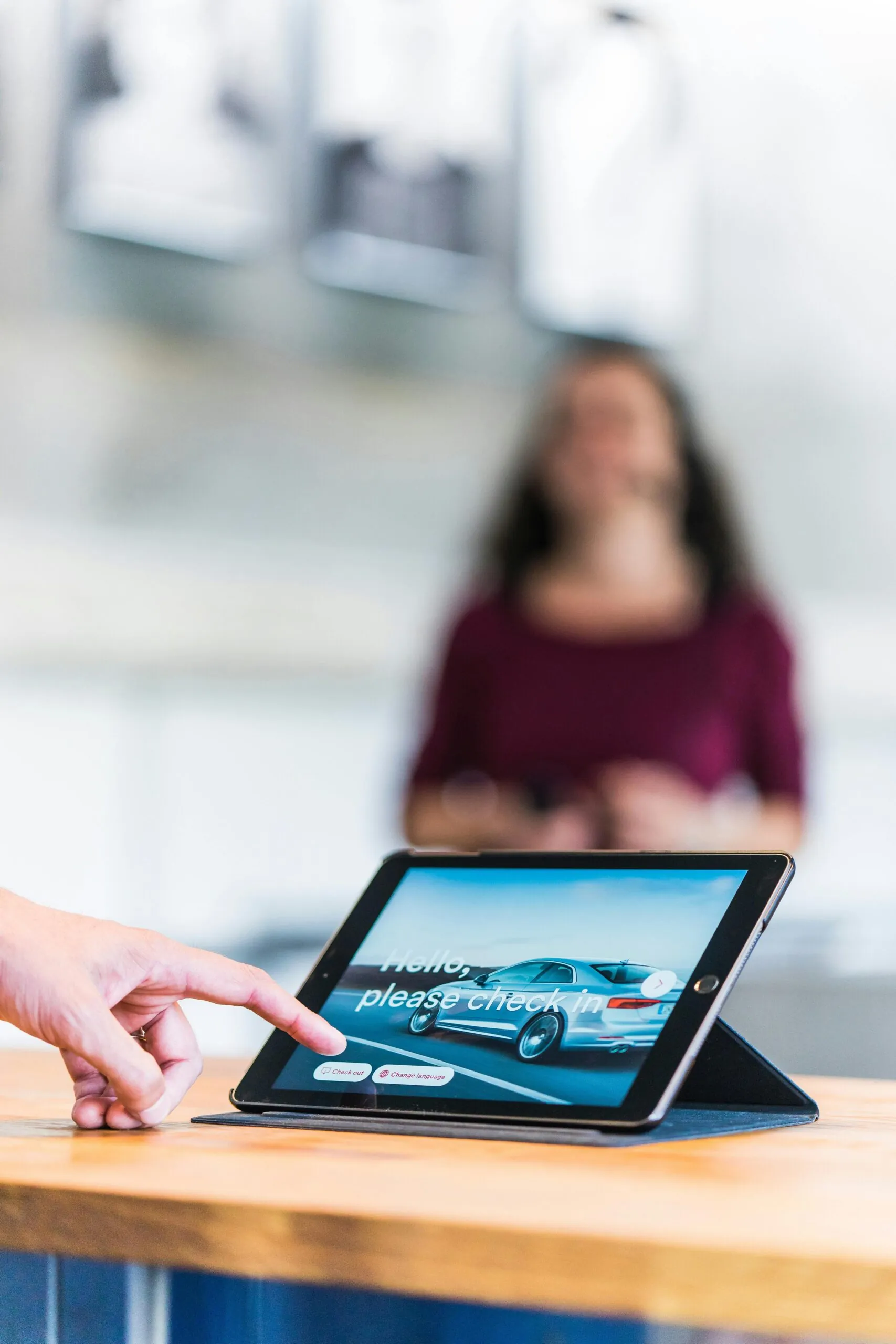
Utilising Data Analytics for Better Event Planning
October 16, 2025
Post-Event Reporting: Best Practices for Corporate Events
November 20, 2025Collecting Post-Event Feedback: Tools and Techniques
Tips and Tricks · 6 November 2025

For any event management company, the end of an event is not the end of the journey. It marks the beginning of a critical phase collecting feedback to understand what worked, what didn’t, and how future experiences can be enhanced. Effective post-event feedback not only improves the quality of future events but also shows stakeholders that their input is valued. With the right questions, tools, and timing, feedback collection can become a powerful resource to boost performance and refine event strategy.
Effective Survey Questions That Deliver Insights

The success of feedback collection depends largely on the quality of the questions you ask. Poorly constructed questions will lead to vague answers, while targeted ones can yield insights that actually make a difference. The goal is to find out what your attendees truly felt about different aspects of the event. This information allows you to improve future events with precision, not guesswork.
- Focus on individual components of the event. Ask questions about elements like venue accessibility, registration efficiency, speaker quality, and food and beverage. Instead of a broad “Did you enjoy the event?”, try “How would you rate the registration process?” This pinpoints strengths and areas that need work. You’ll gain better clarity when feedback is specific and component-driven.
- Use a combination of closed and open-ended questions. Closed questions (e.g. yes/no or multiple choice) are great for quantitative data, while open-ended ones invite richer, more nuanced responses. For example, ask “What was your favourite part of the event?” alongside a satisfaction rating. This combination gives you both measurable and narrative feedback.
- Avoid leading or biased phrasing. Neutral wording ensures you’re not unintentionally nudging respondents toward a certain answer. For example, “What did you think about the food?” is better than “Did you enjoy the fantastic food?” The goal is honesty, not validation.
- Customise questions for different audience groups. Attendees, sponsors, vendors, and speakers all experience the event differently. Tailored questions for each group ensure that everyone’s voice is properly heard. This segmentation improves data quality and response relevance.
Digital Tools for Easy Feedback Collection

The use of digital tools has revolutionised how event professionals collect and analyse feedback. Whether through apps, emails, or live polling, there are now multiple ways to gather insights efficiently. Choosing the right tool depends on your audience type, timing, and format of the event. Each tool should make it easier for attendees to respond and for organisers to act on the data.
- Online survey tools like Typeform or Google Forms. These platforms offer intuitive interfaces, branding options, and logic flow to personalise the experience. They also support data export and analysis features, making reporting easy. Surveys can be distributed via email or links and completed on any device. Accessibility is key to high response rates.
- In-app feedback options within event platforms. Many event apps now include built-in features for instant surveys, polls, and session ratings. These allow attendees to share thoughts while the event is fresh in their minds. This also reduces friction, as they don’t need to switch platforms. Real-time feedback is particularly useful for multi-day events.
- Live polling tools such as Slido or Mentimeter. These tools allow for immediate audience interaction during presentations or panels. Questions can be customised on the fly, and answers visualised in real-time. It boosts engagement while collecting data. Plus, it helps speakers tailor content in response to the room.
- Email follow-up with embedded survey links. After the event, an email requesting feedback is a classic and effective method. Personalise the message and make it short and clear. Let them know how long the survey takes and what the feedback will be used for. This transparency builds trust.
Encouraging Honest and Useful Responses

Even with the best tools, your feedback won’t be effective if participants don’t feel motivated to respond honestly. It’s important to create a culture of openness and make the process as easy as possible. Respondents must trust that their opinions will be taken seriously and result in action. A thoughtful approach to communication can make all the difference.
- Offer anonymity to encourage openness. People are more likely to give honest feedback when they know it won’t be traced back to them. This is especially useful when gathering opinions on sensitive matters like logistics or speaker effectiveness. Make anonymity optional, so those who are happy to share their name can still do so. This flexibility shows consideration for respondent comfort.
- Clearly explain the purpose of the survey. Let attendees know their feedback will directly inform improvements to future events. This sense of impact can make people feel more invested in completing the survey. Include a sentence at the beginning of your form or email about how the data will be used. Transparency drives engagement.
- Use approachable, friendly language. Your survey or email shouldn’t sound overly formal or robotic. Write the way you would speak to a valued guest. A warmer tone encourages honest and open participation.
- Offer small incentives for completion. Whether it’s a discount for the next event or entry into a prize draw, incentives increase response rates. Keep it simple and aligned with your audience. The promise of a reward shows you value their time.
When and How to Request Feedback

Timing plays a critical role in the quality and quantity of feedback you receive. Too early, and attendees might not have had time to reflect. Too late, and the details might be forgotten. Getting this balance right helps ensure more accurate, detailed responses.
- Send initial feedback requests within 24–48 hours post-event. This ensures the experience is still fresh in their memory. Send a polite, brief email with a direct link to the feedback form. Timing your outreach well increases participation significantly.
- Follow up with reminders. A gentle reminder email after three to five days can double your response rate. Avoid being pushy keep the tone helpful and appreciative. Include a “Still time to share your thoughts” message and a link to the survey. A thank you message after submission also goes a long way.
- Collect feedback during the event, too. Use mobile apps or polling tools to gather responses immediately after sessions. This real-time feedback is often more accurate and focused. It also spreads the response load rather than requiring it all at the end.
- Choose the right communication channels. Not everyone reads emails immediately. Consider WhatsApp, SMS, or in-app notifications if your audience is active on those platforms. Matching your delivery method to your audience’s habits ensures better reach.
Using Feedback to Identify Strengths and Weaknesses

Collecting feedback is just the beginning; the real value lies in how you use it. Analysing trends, flagging repeat issues, and spotlighting what worked helps shape more impactful events in the future. It also allows your team to demonstrate responsiveness and professionalism to clients and stakeholders.
- Look for patterns in the data: If several people mention delays during registration or unclear signage, these are priority issues. Repeated praise for a keynote speaker indicates a format worth keeping. Trends tell the true story better than isolated comments. Group insights under themes for clearer reporting.
- Share findings with your internal team: Use the results in a debrief meeting to discuss what worked and what didn’t. This promotes a learning culture and team accountability. Encourage open discussion and constructive suggestions. Everyone should have a chance to contribute to improvements.
- Create a post-event report: This document should include both the raw data and a summarised version of the main takeaways. Share this with clients, sponsors, and internal stakeholders. A professional report demonstrates transparency and your commitment to improvement.
- Turn insights into action: Use feedback to tweak workflows, vendor partnerships, communication strategies, or programming. Set goals for addressing weaknesses and enhancing strengths. Feedback is only useful when it drives action. Include progress tracking in your internal planning.
Collecting post-event feedback is more than a checkbox task; it’s a powerful tool to refine your services and build better experiences. By asking the right questions, using the appropriate tools, encouraging honest responses, and taking timely action, you elevate your capabilities as an event management company. Attendees appreciate knowing their voices are heard and valued. That trust is the foundation of strong, lasting relationships.
Ready to elevate your events through feedback-driven planning?
At Eventive, we help you not only design seamless events but also build in smart feedback loops that lead to better results every time. Let us help you create events that improve every time. Get in touch today.
Let’s Collaborate.
Get in touch with us for your next event!
We hope you enjoyed this article “Here’s Why Not Hiring an Event Company Could Be a Costly Mistake”. Head on to Our Works to see the events we have managed!
If you are looking to manage an event, then look no further than us.
